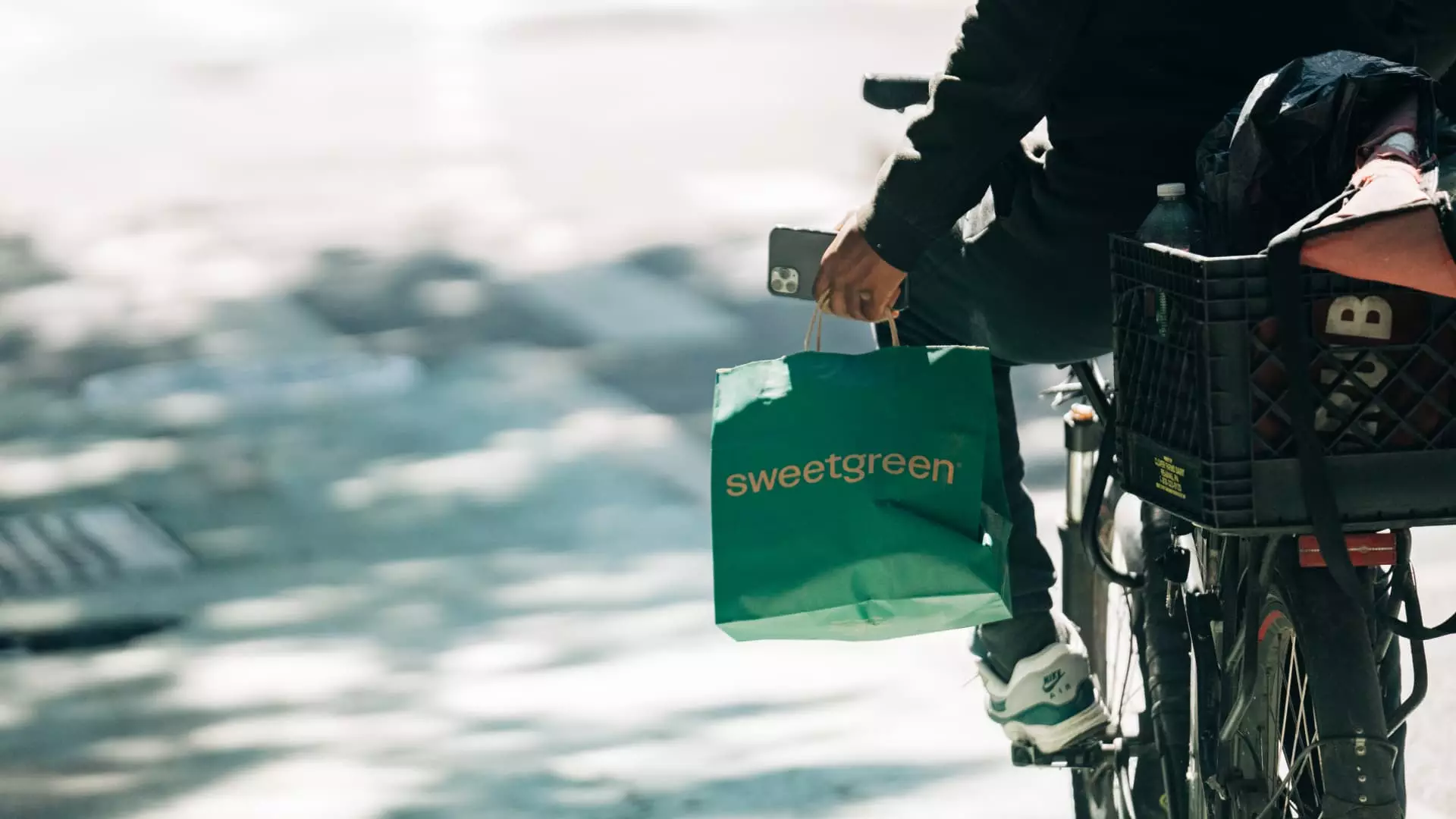The prevalence of weight loss and diabetes drugs, specifically GLP-1s, has been a topic of concern due to their impact on consumer behavior. A recent survey conducted by Morgan Stanley reveals that individuals using GLP-1 drugs are experiencing changes in their spending habits, particularly in relation to food consumption. The survey indicates that a significant number of people are cutting back on eating out at restaurants and opting for less takeout. Furthermore, there has been a noticeable decrease in grocery spending, although to a lesser extent.
The demand for GLP-1 drugs is on the rise, with medications like Wegovy, Ozempic, Zepbound, and Mounjaro gaining popularity. Morgan Stanley analysts predict that the market for GLP-1s could reach $105 billion by 2030, with an estimated 31.5 million Americans using these drugs by 2035. These projections emphasize the significant impact that GLP-1 drugs are expected to have on consumer spending patterns in the coming years.
Impact on Food and Beverage Companies
While consumers are actively reducing their spending on food, many food and beverage companies are preparing for potential repercussions. Companies like Hershey, Jack in the Box, and Wendy’s may face pressure due to the changing consumer behaviors influenced by GLP-1 drugs. On the other hand, businesses offering healthier food options, such as Cava, Chipotle, and Starbucks, are better positioned to adapt to the evolving landscape.
Shift in Consumer Preferences
The Morgan Stanley survey highlights that individuals on GLP-1 drugs are modifying their eating habits by opting for smaller portions and healthier choices. These changes encompass a variety of food categories, including snacks, confections, sugary drinks, and alcohol. Notably, a significant percentage of participants reported a reduction in consumption of traditional cigarettes and e-cigarettes following their treatment with GLP-1 drugs.
Based on the survey results, Morgan Stanley predicts a decline in the consumption of certain food items by 2035. Categories such as ice cream, cakes, cookies, candy, and regular sodas are expected to see a 4% to 5% decrease in consumption. Similarly, there is a projected 3% reduction in the intake of alcohol, frozen snacks, cereals, and energy drinks. However, foods like fruit juices, soups, and coffee are likely to experience minimal changes in consumption.
Monitoring the Behavioral Impact
While the survey offers valuable insights into the influence of GLP-1 drugs on consumer behaviors, Morgan Stanley remains cautious about drawing definitive conclusions. The firm acknowledges the need for ongoing research to assess the long-term effects of these medications on addictive behaviors like smoking. As the market for GLP-1 drugs continues to expand, monitoring consumer spending habits and food preferences will be essential for businesses to adapt to changing trends.

